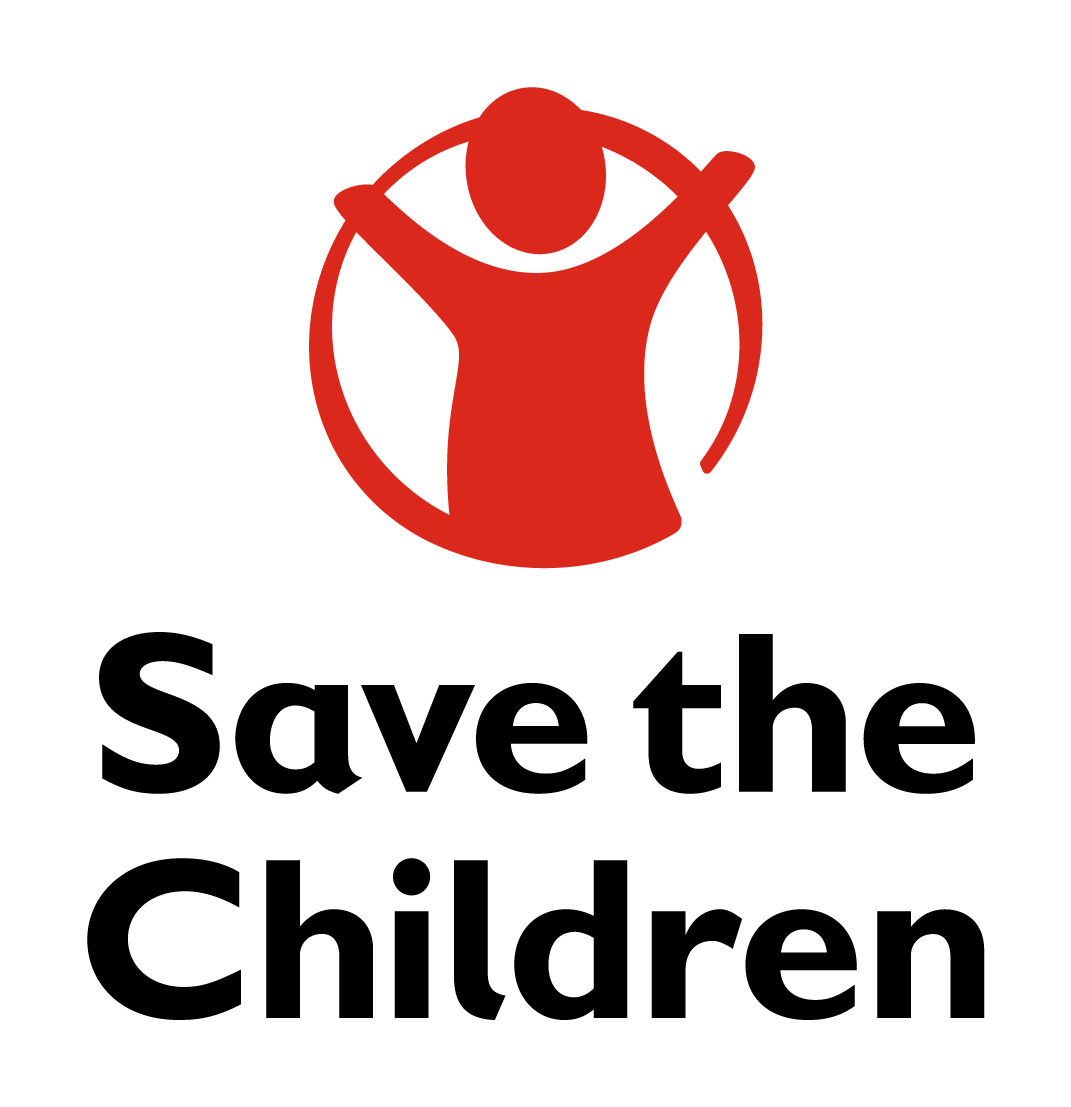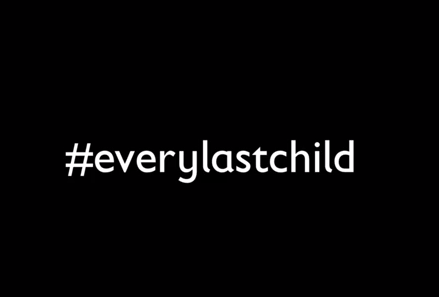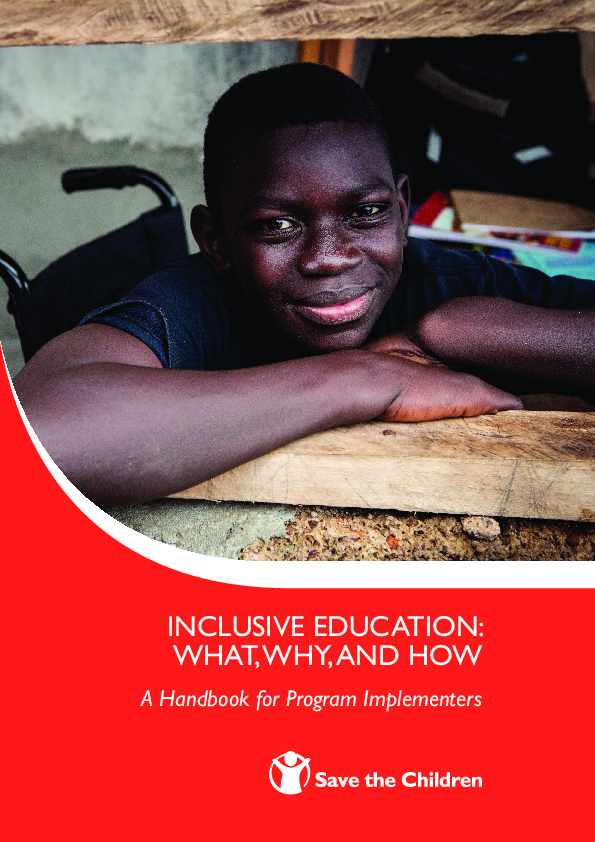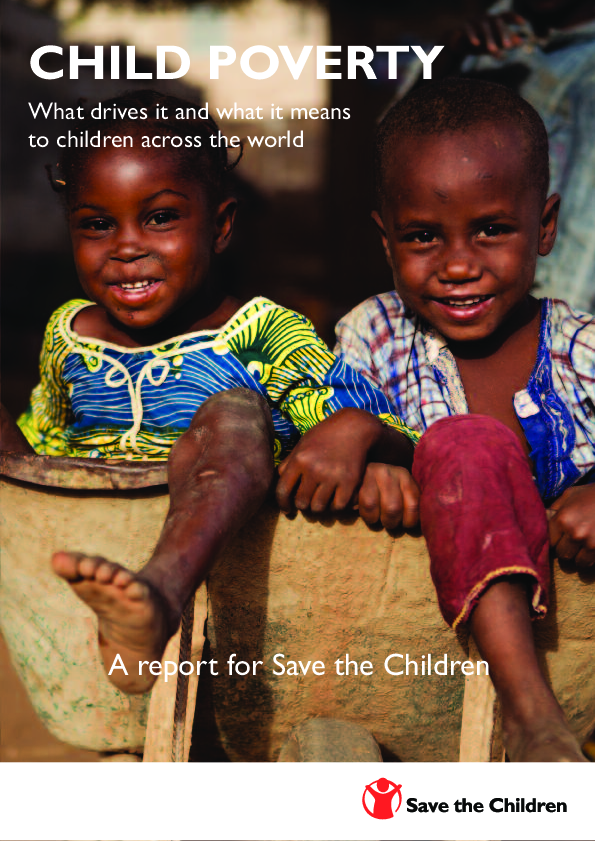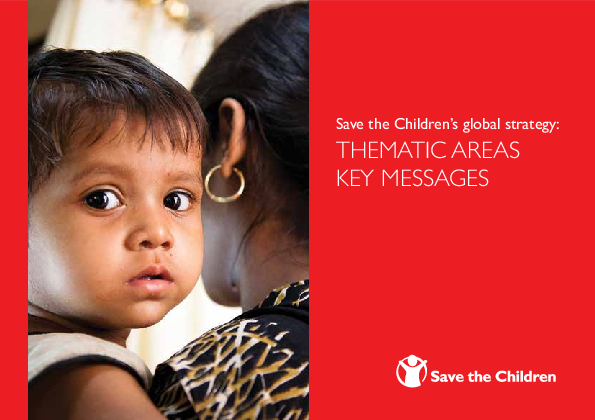Poverty and discrimination - damaging the lives of millions of children worldwide
Share:
The world has made incredible progress for children – but millions are still being left behind. Some are being excluded from this progress because of their gender, their ethnic or religious background, because they are refugees or live on the street, because they have a physical or mental disability, or that they are from poor and disadvantaged regions. Deliberate discrimination or neglect is the largest threat to the well-being of the world’s poorest children, according to a new report from Save the Children with the same name as the campaign: “Every Last Child”. The report shows that recent progress in fighting extreme poverty is often not reaching the children who need it most, that millions of the world's poorest children are being denied of life-saving services because of who they are and where they live.
Photo:
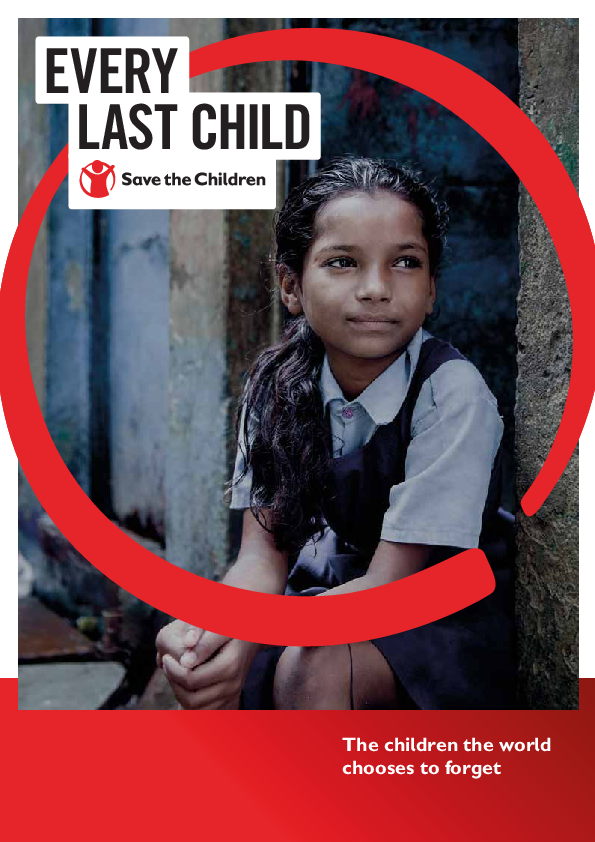
Every Last Child: The children the world chooses to forget
2016 · Save the Children International
Extreme poverty continues to be a fatal outrage, but a disproportionate number of children who die or lose out on education are not ’just’ poor. Whether they live in a rich country... View Full Abstract
A global toll made by Save the Children in April 2016 reveals that four in ten adults worldwide claim their childhoods blighted by discrimination. Almost half of them say their access to education was adversely affected, and just over one-third were unable to access critical health services. The new poll, which involved over 18,000 people across the globe, is the largest of its kind undertaken by Save the Children, and tracks for the first time in history the impact that discrimination has on future life chances.
At its worst, this discrimination is deadly. Of the 16,000 children still dying each day from preventable causes, a disproportionate number are from these excluded groups.
Photo: CJ Clarke - Save the Children
Ramjan, 11, has been sleeping on the streets since his parents left – around four years ago. He sleeps in the station where he says he gets beaten and taunted, and earns his money carrying bags. He admits that he felt afraid when he first stayed in the station, and that he is often hungry.
The report reveals how some of the world’s poorest children are being left behind. An estimated 400 million children globally face discrimination because of their ethnicity and religion. In India’s Bihar region, where scheduled castes make up 59 per cent of the poor, only six per cent of children are registered at birth, compared to 42 per cent of children in the rest of the country. Because they lack proof of birth, these children are prevented from accessing vital services.
The campaign calls on decision makers at the household, local, national and international levels to eliminate barriers that prevent the poorest children from accessing life-saving services. Save the Children calls on world leaders to commit to three basic guarantees. These include fair financing of essential services, equal treatment for all children, and for decision makers to be held accountable.
- Fair finance: Create global rules and national systems that enable money to be raised and spent in ways that get every child the essential services they need to survive, learn and be protected.
- Equal treatment: Challenge and change laws and behaviours that discriminate against children, in ways that stop them from surviving, learning and being protected.
- Accountability to children: Give excluded children and their communities a voice in the decisions that affect them, and ensure that every last child is registered and counted.
While significant progress has been made to narrow the gap between genders, discrimination persists in many regions; those worst affected are adolescents and the world’s poorest girls. Gender-based violence and teenage pregnancy are contributing to higher maternal and infant mortality, while limiting a girl’s opportunities to learn. In Sierra Leone, which has one of the highest teenage pregnancy rates in the world, teenage girls account for 40 per cent of all maternal deaths. Child marriage is also more prevalent among the world’s poorest girls. In Tanzania, 61 per cent of girls who do not have an education are married by 18, compared to only five per cent who have completed secondary or post-secondary education.
Conflicts have also created a specific group of excluded children: refugees and internally displaced people. Children born into conflict are dying in greater numbers than those in peaceful countries. On average, twice as many children die before their fifth birthday in conflict zones compared to non-conflict countries.
Photo: Nour Wahid - Save the Children
These girls are Syrian refugees who now live in a tent settlement in the Bekaa Valley area of eastern Lebanon. They work in a vineyard picking grapes and packing boxes, instead of going to school.
The report reveals that discrimination and exclusion are also affecting children in some of the wealthiest countries. In Australia, which has one of the highest success rates in education in the world, Aboriginal and Torres Strait Islander children have not seen improvements in their reading and math skills since 2008. Canada’s indigenous children are also lagging behind compared to the rest of the country’s children, and are suffering as a result of low family income, low educational success rates, poor water quality, high infant mortality, and suicide.
In the UK, over 40 per cent of children from Bangladeshi and Pakistani families are growing up in poverty, compared to 15 per cent of children from the white majority.
Without urgent action to tackle this exclusion, progress for children will slow and may even halt altogether. Save the Children is committed to helping ensure that every last child survives and learns. By securing specific changes in policies, laws, budgets and public norms, we can make significant strides in terms of child survival and learning.
Save the Children aims to:
- Challenge the laws, policies and public behaviours and norms that have allowed poverty and discrimination to persist.
- Work directly with children that are being denied the opportunity to survive and learn, coming up with innovative on-the-ground programmes and solutions.
- At the international level, we are pushing for a new deal for refugee children that ensures no child’s learning is disrupted for more than a month, and for measures to tackle child marriage and violence against girls.
At the national level, the campaign will reflect the most excluded children in each particular country, whether it is a minority ethnic group, children with disabilities, children in poor and disadvantaged regions, children living on the streets, girls, or refugees.
Photo:
Featured Resources
9 resources
Share
Link
